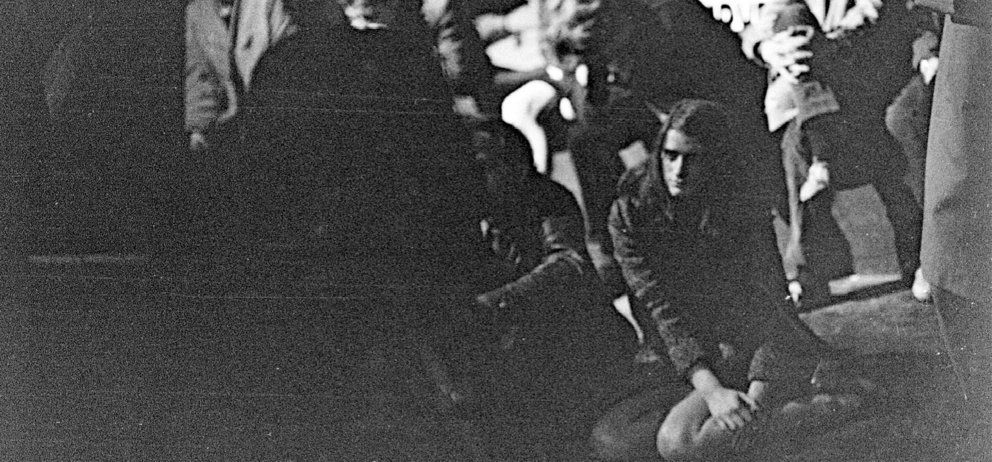Every avant-garde needs the right spatial conditions in order to be able to thrive. West Berlin in the sixties offered a variety of opportunities for artistic experimentation thanks to its many independent and non-commercial locations, including the Zodiak Free Arts Lab. In this essay, Hendrik Otremba laments the disappearance of such spaces today, calling for more sites of freedom and openness.
The formation of avant-gardes whose radiance does not diminish with passing decades, in retrospect even seeming to grow in their innovation, is often tied to a specific place in art history: A zeitgeist brings together like-minded seekers who first form themselves on a social level in an effort to distinguish themselves from images of the enemy and earlier generations. The followers of the resulting (conspiratorial) community then, in a dilettante-like joy of experimentation, often appropriate new technologies or reinterpret existing practices. In doing this, a fundamental aspiration for unimagined forms is combined with aesthetically radical content that stands in opposition to the prevailing bourgeois societal norms. Something emerges that, when measured by its intensity, can be described as original and novel, even avant-garde. And this process does not take place in a vacuum, even in relation to its locations. Rather, the avant-gardes are fostered, and not infrequently inspired, by local, spatial conditions.
In the sixties of old West Germany, West Berlin was a city that offered such potential: an island, relatively free of repression, cheap, playable. Those stranded there longed for freedom, often having escaped the stuffy bourgeoisie of intellectual provinciality. They wanted adventure, not economic miracles. Conrad Schnitzler came to Berlin by devious routes, where, not least as an early Beuys student infected with Fluxus, he brought some electronic influences from Düsseldorf. Berlin met him still noticeably in ruins, a wasteland, a playground. Klaus Schulze says: “Berlin at that time was broken, in the best sense of the word. There was an exciting, destructive romanticism.” In 1968, Schnitzler and a few others founded the Zodiak Club as a situational laboratory, where as much as possible was to happen in one short year. Upstairs was the Schaubühne; downstairs, after 22:00, when the last curtain had fallen, a black and a white room. Bauhaus instead of hippyism. In the black room, four podiums for improvisation spanning free jazz, rock and electronic music – would ultimately become the primordial soup for that diffuse genre term that is now considered the worldwide reference point for musical progressivism: krautrock. If you look at who met there within a year and what later became of these people, you can make comparisons with Warhol's Factory and CBGB in New York. This is where those who were later called the “Berliner Schule” (“Berlin School”) met – Schnitzler and Schulze, Edgar Froese, Günter Schickert, Michael Hoenig, Dieter Moebius, Roedelius and many more (in bands such as Human Being, Agitation Free, Ash Ra Tempel and Tangerine Dream). These self-taught sound researchers formed short, situational groups that preserved the aura of their works precisely by not planning, saving or repeating them. In 1969, after the fiercely free Zodiak quickly came to an end, many of the artists were drawn back to the provinces, where they – some of them to this day – elaborated on the experience of that unrepeatable momentum that so influenced them at the Zodiak: forms of pure, musical energy.
